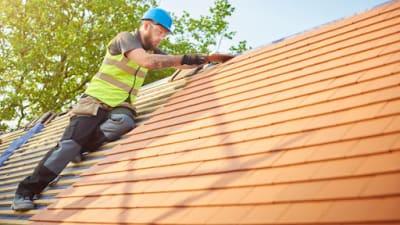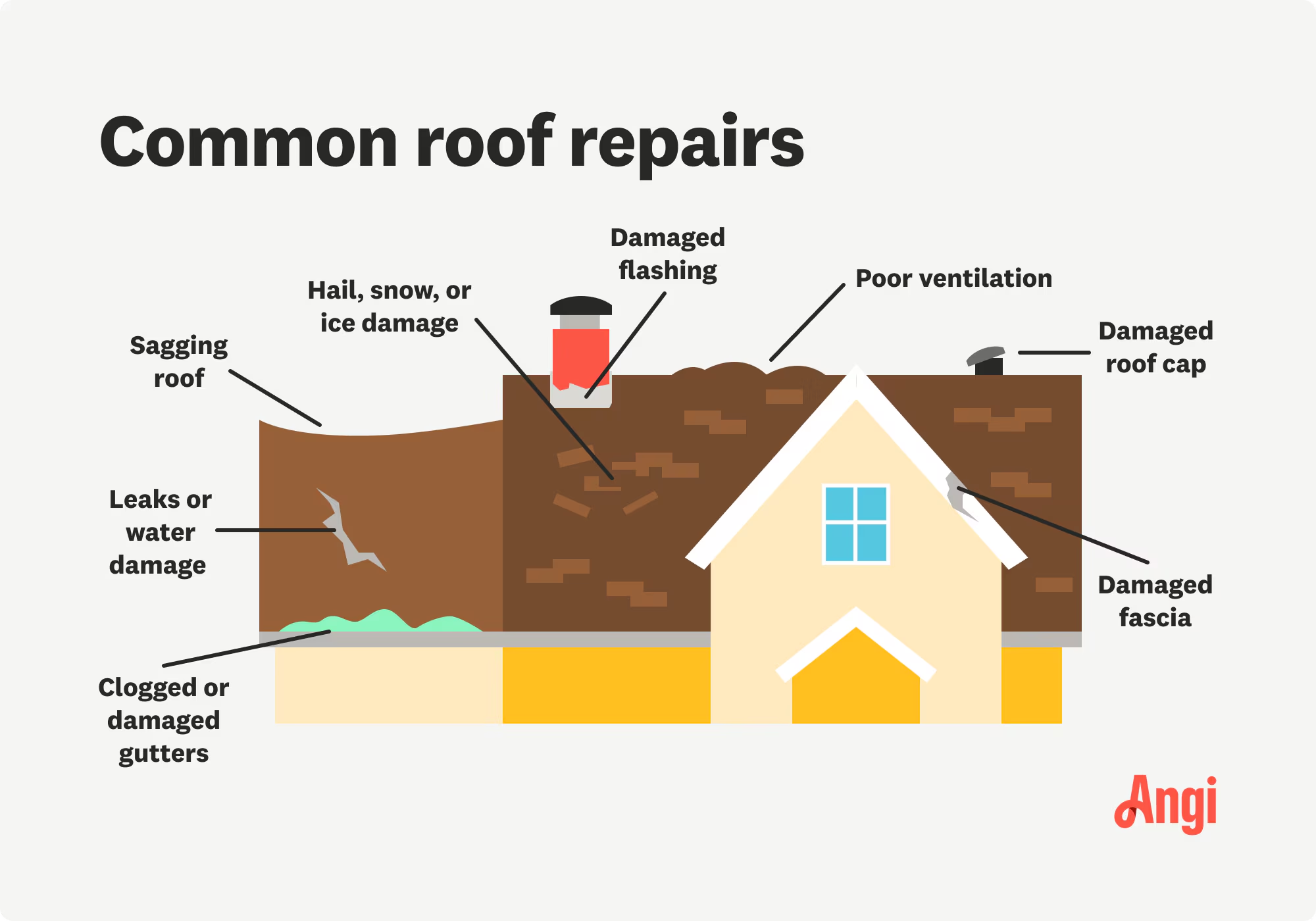Recognizing the Different Sorts Of Roof Coverings: A Comprehensive Guide for Homeowners
With a variety of choices-- ranging from the typical gable to the contemporary level-- each kind presents distinct advantages and difficulties that need to line up with the house owner's certain demands and environmental factors to consider. As we explore the intricacies of different roofing types, it ends up being noticeable that one size does not fit all; the right selection might shock you.
Gable Roofs
Saddleback roofs, characterized by their triangular form, are among the most popular roof styles as a result of their simpleness and performance in dropping water and snow. This style features two sloping sides that fulfill at a ridge, enabling reliable water drainage and minimizing the threat of water accumulation. The high pitch commonly associated with saddleback roofs boosts their capacity to take care of hefty precipitation, making them ideal for different climates.
In enhancement to their practical advantages, gable roofings supply aesthetic convenience. They can be adapted to different building designs, from typical to contemporary homes. The design can also accommodate additional attributes such as dormer home windows, which boost natural light and ventilation in the attic room.
Moreover, saddleback roofs give adequate area for insulation, contributing to power performance. House owners can pick from a variety of roof materials, including asphalt tiles, metal, and tiles, better enhancing customization choices.
Despite their benefits, gable roof coverings may call for additional support in locations vulnerable to high winds or heavy snowfall. On the whole, the gable roof covering stays a preferred option because of its blend of performance, toughness, and visual appeal.
Flat Roofs
Level roofing systems are usually acknowledged for their minimal style and functional applications, especially in industrial and business settings (oahu roofing). These roof coverings feature a virtually horizontal or horizontal surface, which allows for very easy building and functional area usage. While they might do not have the aesthetic allure of angled roofs, flat roof coverings supply countless benefits, specifically in city atmospheres where making best use of room is critical
Among the key advantages of flat roof coverings is their availability. House owners can utilize the roofing space for different objectives, such as roof gardens, balconies, or solar panel installations. Additionally, flat roofs are usually much more economical to mount and maintain contrasted to their sloped equivalents, as they call for fewer products and labor.
Common products used for level roofing systems consist of built-up roof (BUR), customized asphalt, and single-ply membranes, each offering distinctive advantages. On the whole, flat roof coverings offer as a versatile and functional option for lots of property owners and services alike.
Hip Roofings
Hip roof coverings are defined by their sloped sides that merge at the top, developing a ridge. This design is distinctive from saddleback roofs, as all four sides of a hip roofing system slope downwards toward the wall surfaces, offering a much more secure framework. The angle of the slopes can differ, enabling for convenience in building aesthetics and functionality.
Among the key benefits of hip roofings is their capability to withstand heavy winds and adverse weather. The sloped surfaces allow better water drainage, decreasing the threat of leakages and water damages. Furthermore, hip roof coverings provide boosted attic space, which can be used for storage or perhaps converted into comfortable locations.
Nevertheless, building a hip roofing system can be extra intricate and pricey than simpler roofing types, such as saddleback roofs. The added product and labor involved in creating the inclines and making certain correct architectural honesty can bring about higher expenses. Regardless of these drawbacks, several homeowners favor hip roofings for their durability, visual charm, and click over here now possibility for power efficiency.
Mansard Roofings
Mansard roofings, typically recognized by their distinct four-sided layout, function two slopes on each side, with the reduced slope being steeper than the upper. This building style, stemming from France in the 17th century, is not only aesthetically attractive however functional, as it maximizes the useful room in the top floors of a structure. The steep lower slope enables even more clearance, making it a suitable selection for lofts or attic rooms, which can be exchanged living rooms.
Mansard roofings are defined by their versatility, fitting numerous architectural designs, from traditional to contemporary. They can be constructed with different materials, consisting of asphalt roof shingles, slate, or metal, supplying home owners with an array of options to suit their choices and budget plans. Additionally, the layout permits the integration of dormer windows, boosting all-natural light and ventilation in the upper degrees.
Nevertheless, it is vital to think about the potential drawbacks. Mansard roof coverings may call for more maintenance due to the intricacy of their design, and their high inclines can be testing for snow find out this here and rain overflow. Overall, mansard roofs incorporate style with usefulness, making them a prominent selection amongst house owners seeking distinctive building features.
Dropped Roofing Systems
As property owners significantly seek simplicity and performance in their architectural layouts, dropped roofings have emerged as a prominent choice. Characterized by a single sloping plane, a shed roofing presents a minimalist visual that matches numerous home styles, from contemporary to rustic.
One of the main benefits of a shed roof covering is its uncomplicated construction, which usually equates to decrease labor and material costs. This layout permits reliable water drainage, minimizing the risk of leakages and water damages. Furthermore, the vertical slope supplies enough room for skylights, boosting natural light within the inside.
Shed roofing systems also offer flexibility in terms of use. They can be effectively incorporated right into additions, garages, or outside structures like pavilions and sheds. Moreover, this roof covering design can accommodate different roof products, including metal, asphalt shingles, or even green roofings, lining up with environmentally friendly efforts.
Nevertheless, it is necessary to think about regional environment problems, as heavy snow loads may demand adjustments to the roofing's angle or structure. On the whole, lost roofs provide a functional and aesthetically pleasing option for homeowners aiming to make best use of functionality without compromising design.
Conclusion


Gable roofs, identified by their triangular shape, are among the most popular roof styles due to their simpleness and effectiveness in losing water and snow. oahu roofing. The steep pitch frequently connected with gable roofings improves their capacity to deal with hefty rainfall, making them suitable for different climates
While they may do not have the visual allure of pitched roofs, flat roofing systems provide countless advantages, specifically in city environments where maximizing space is crucial.
